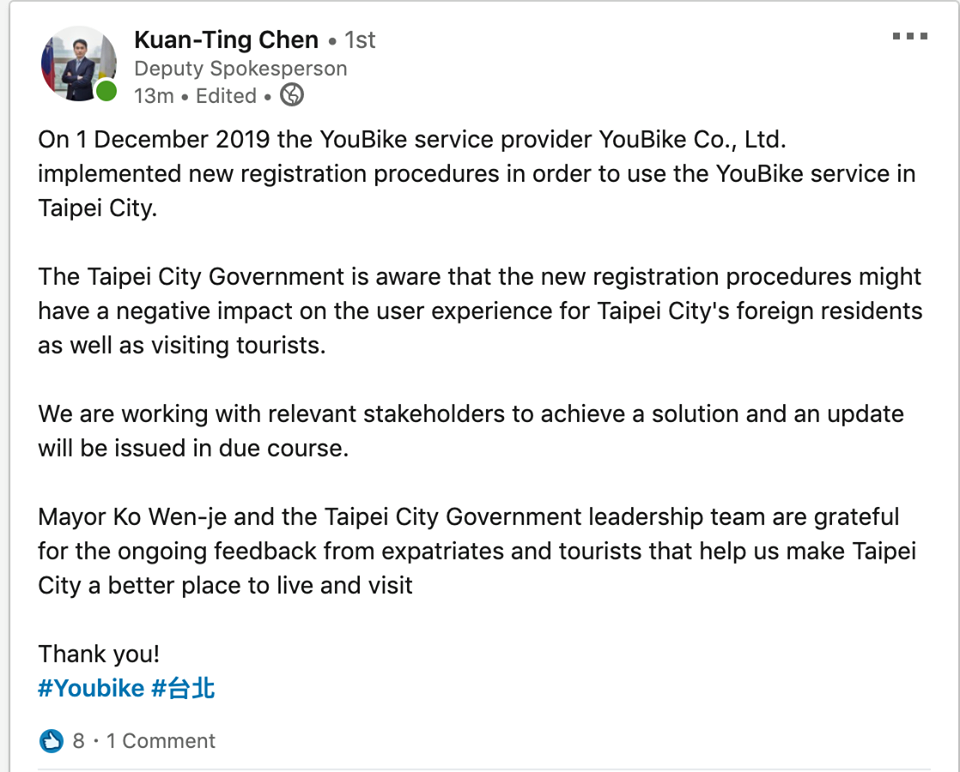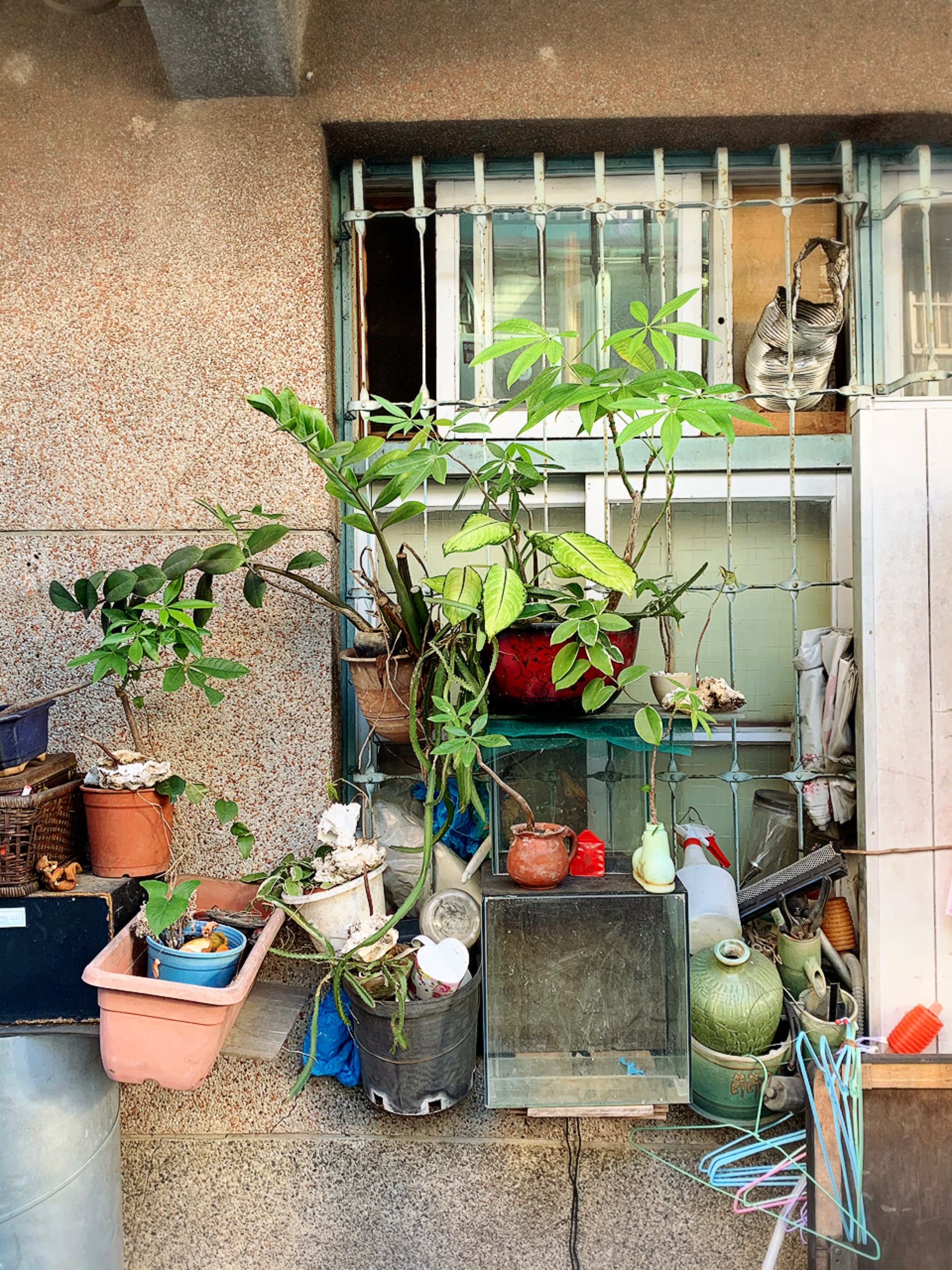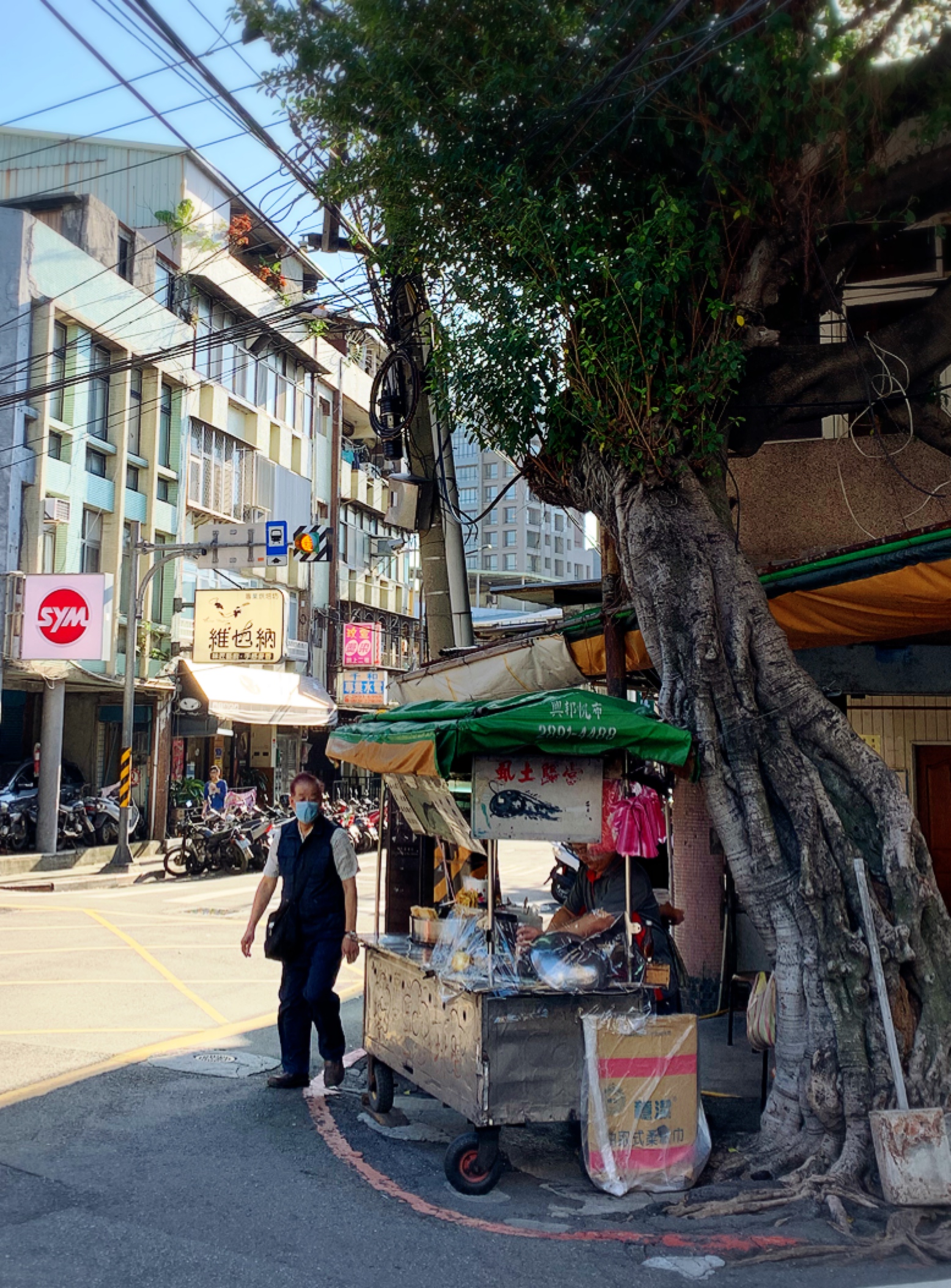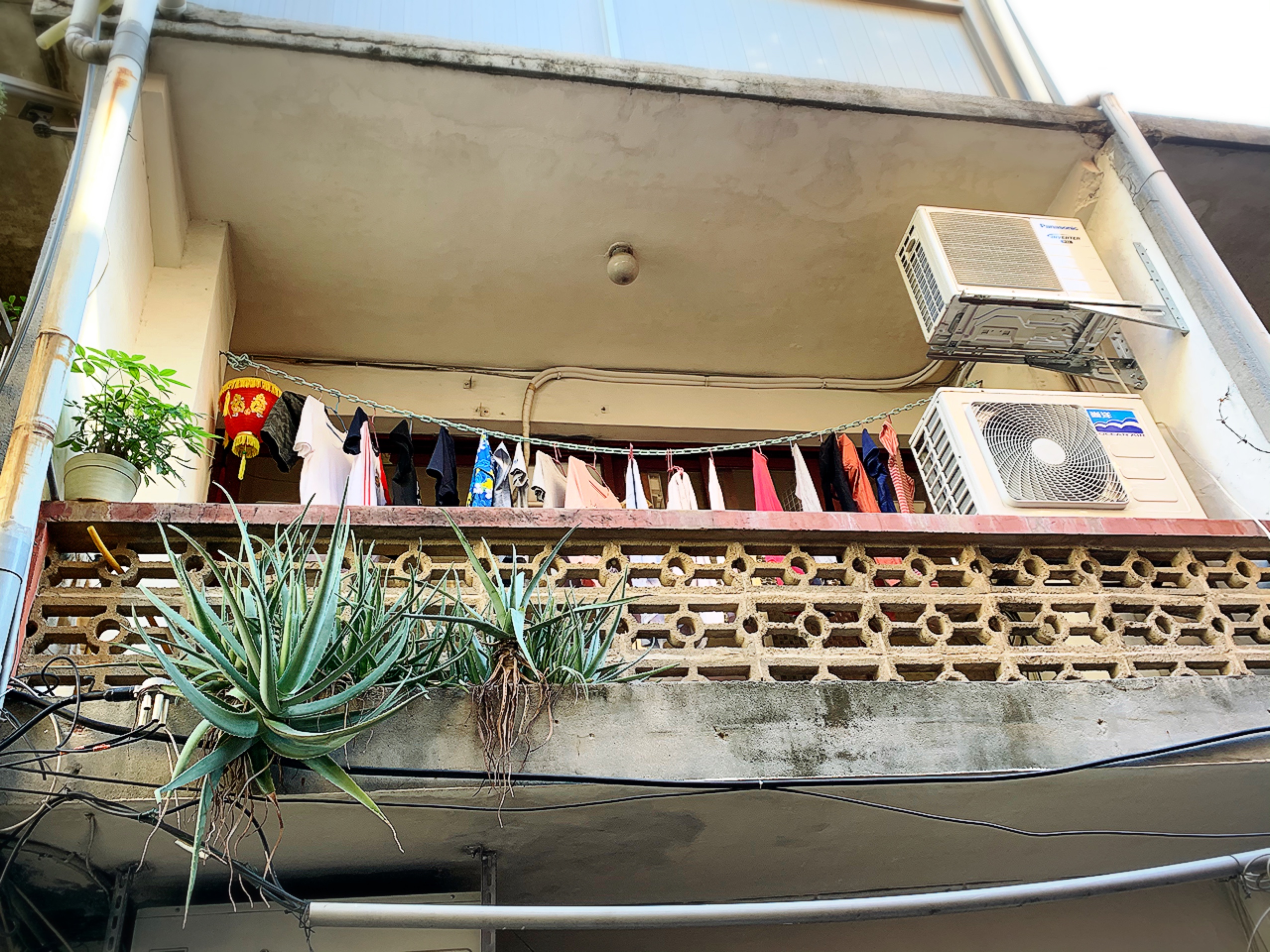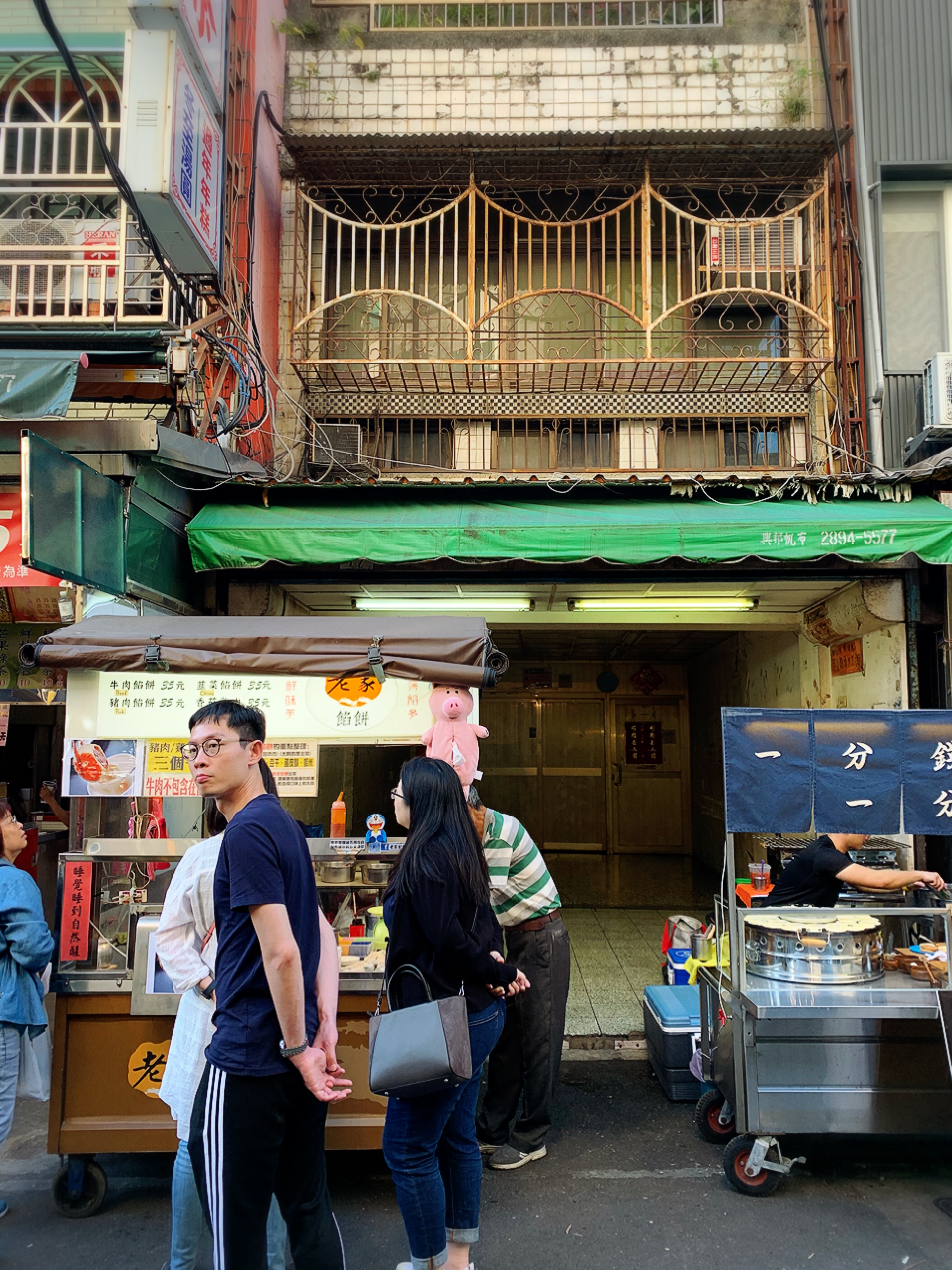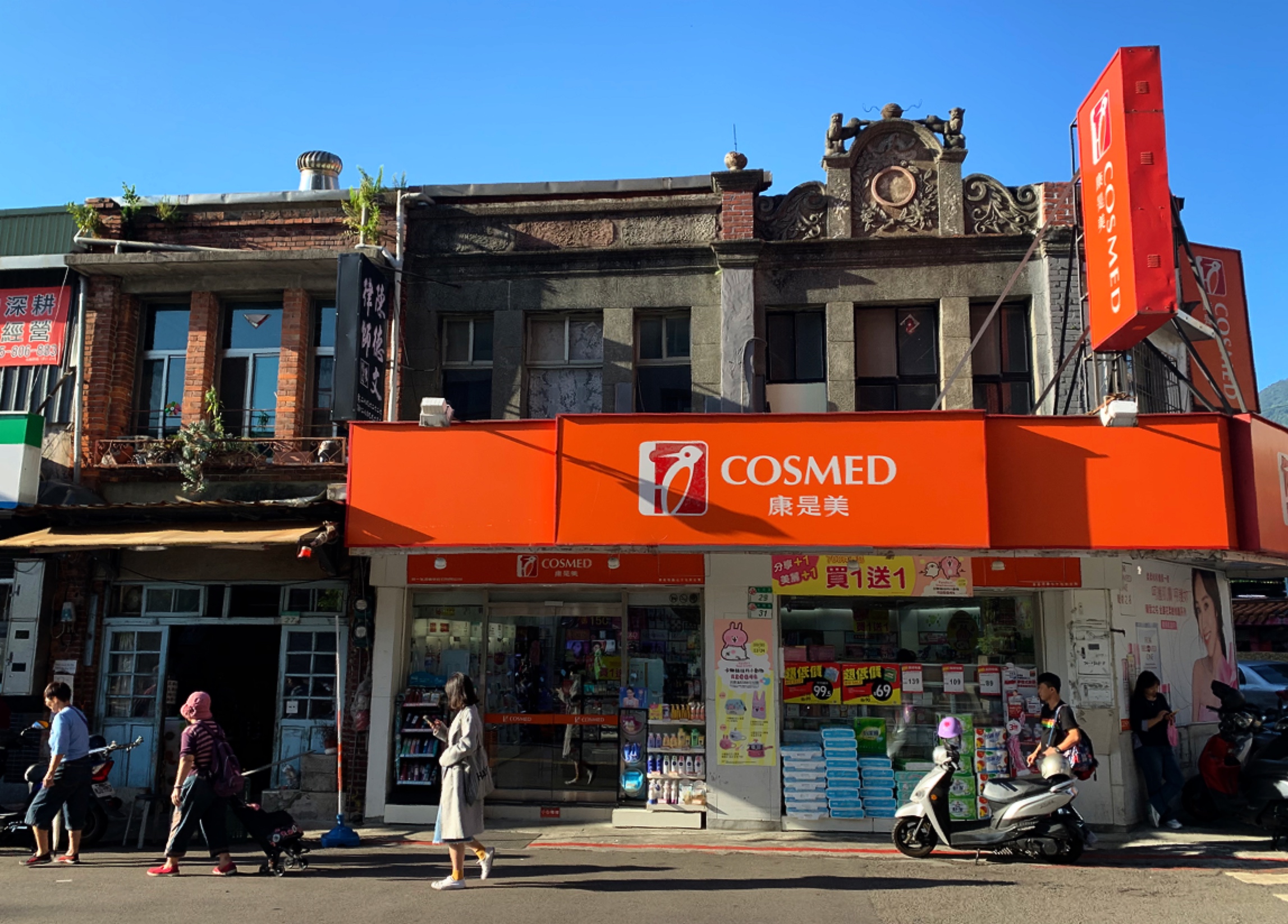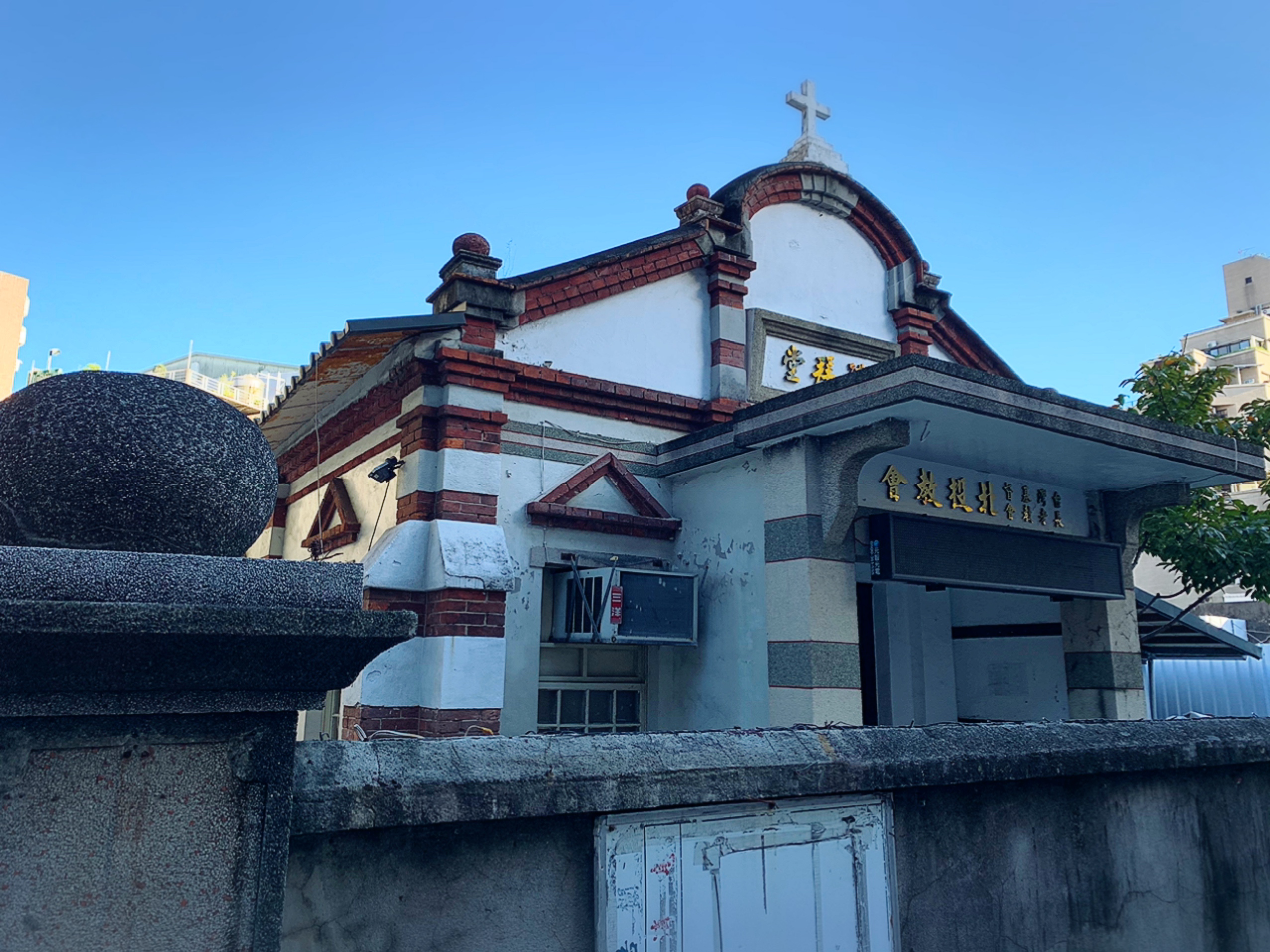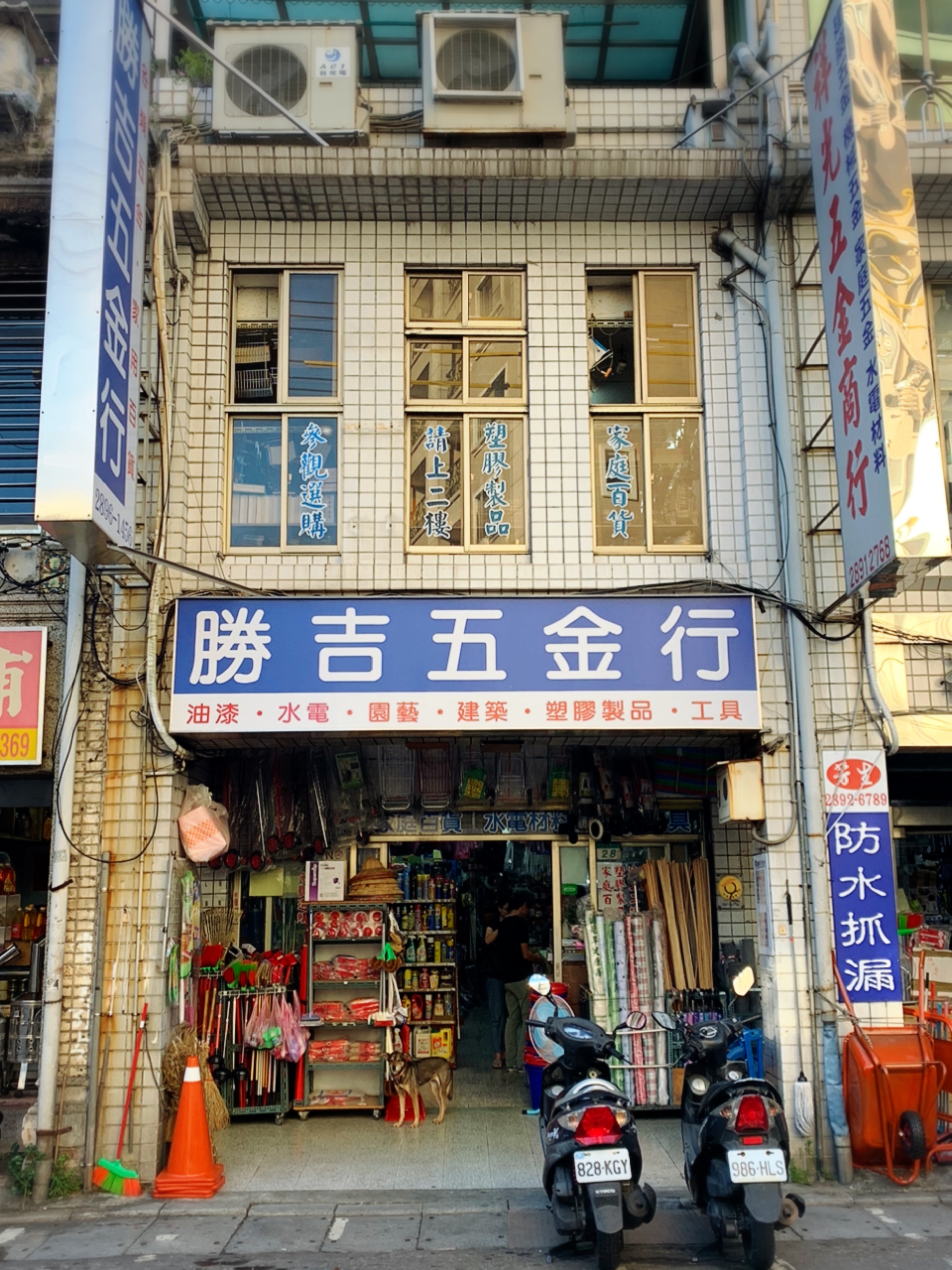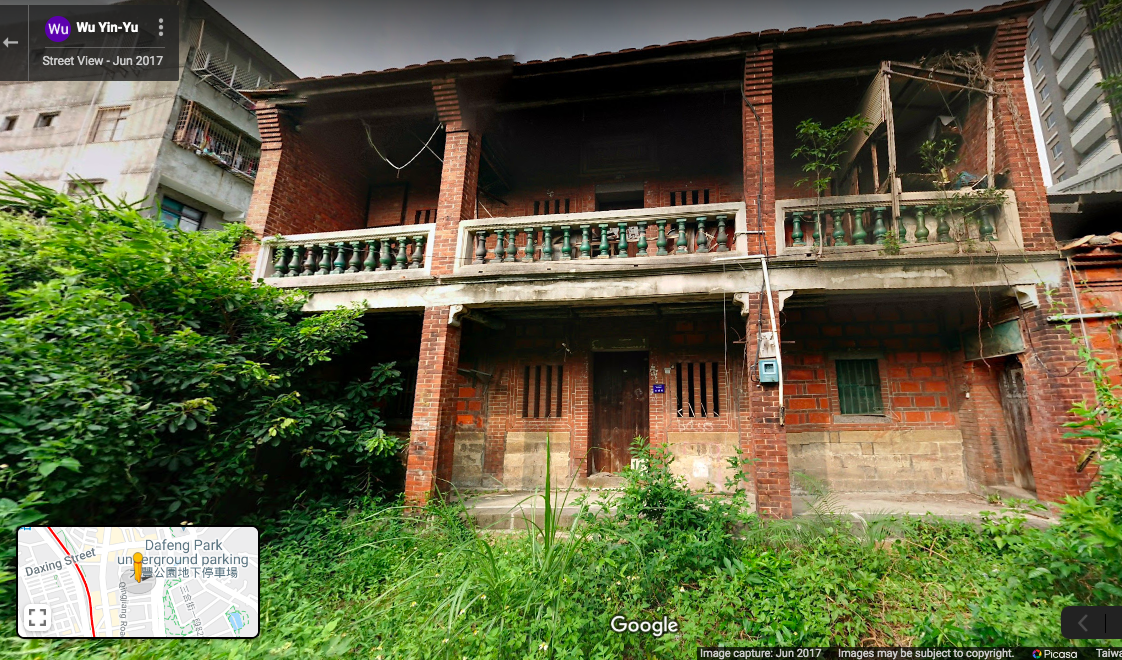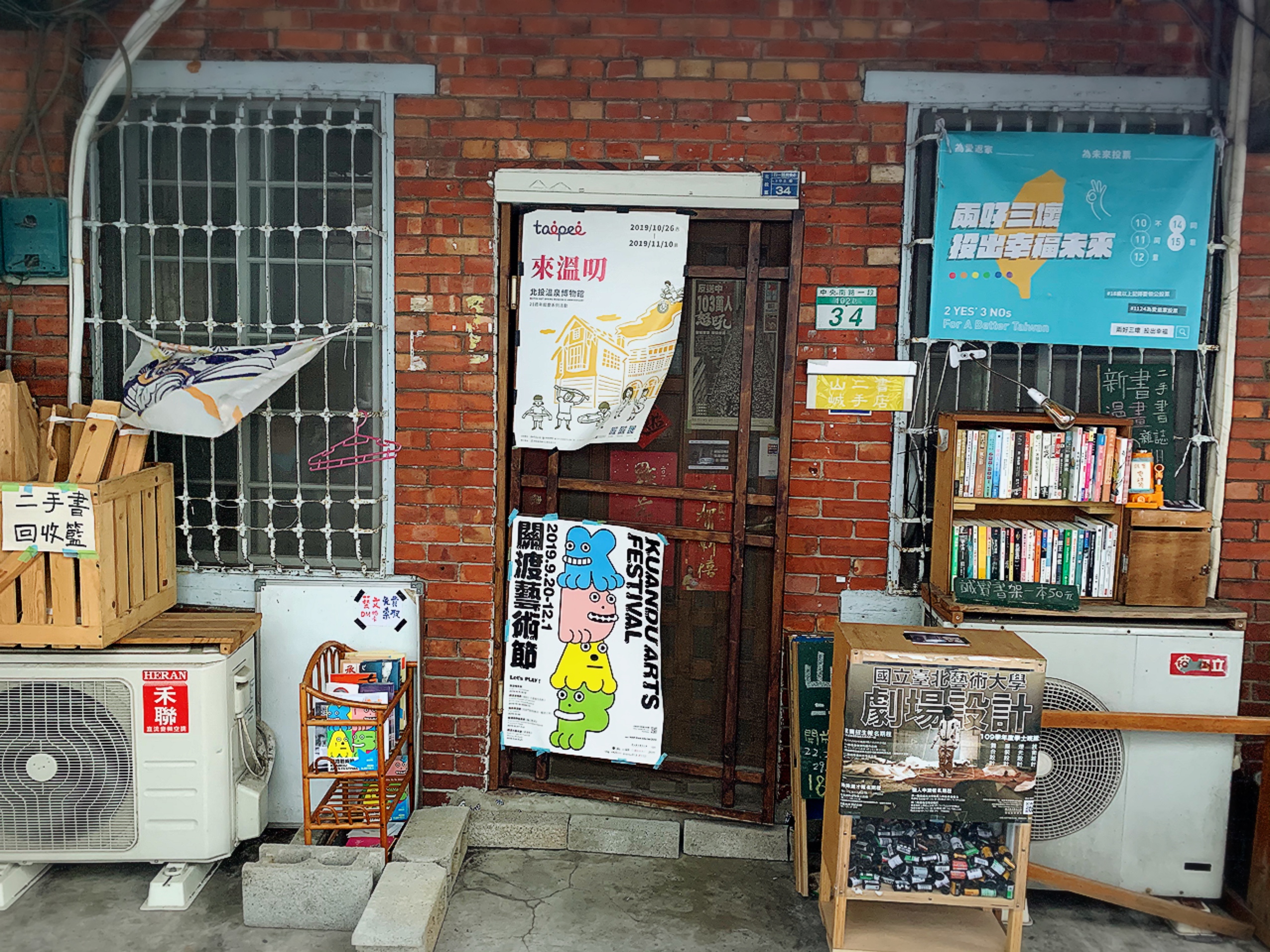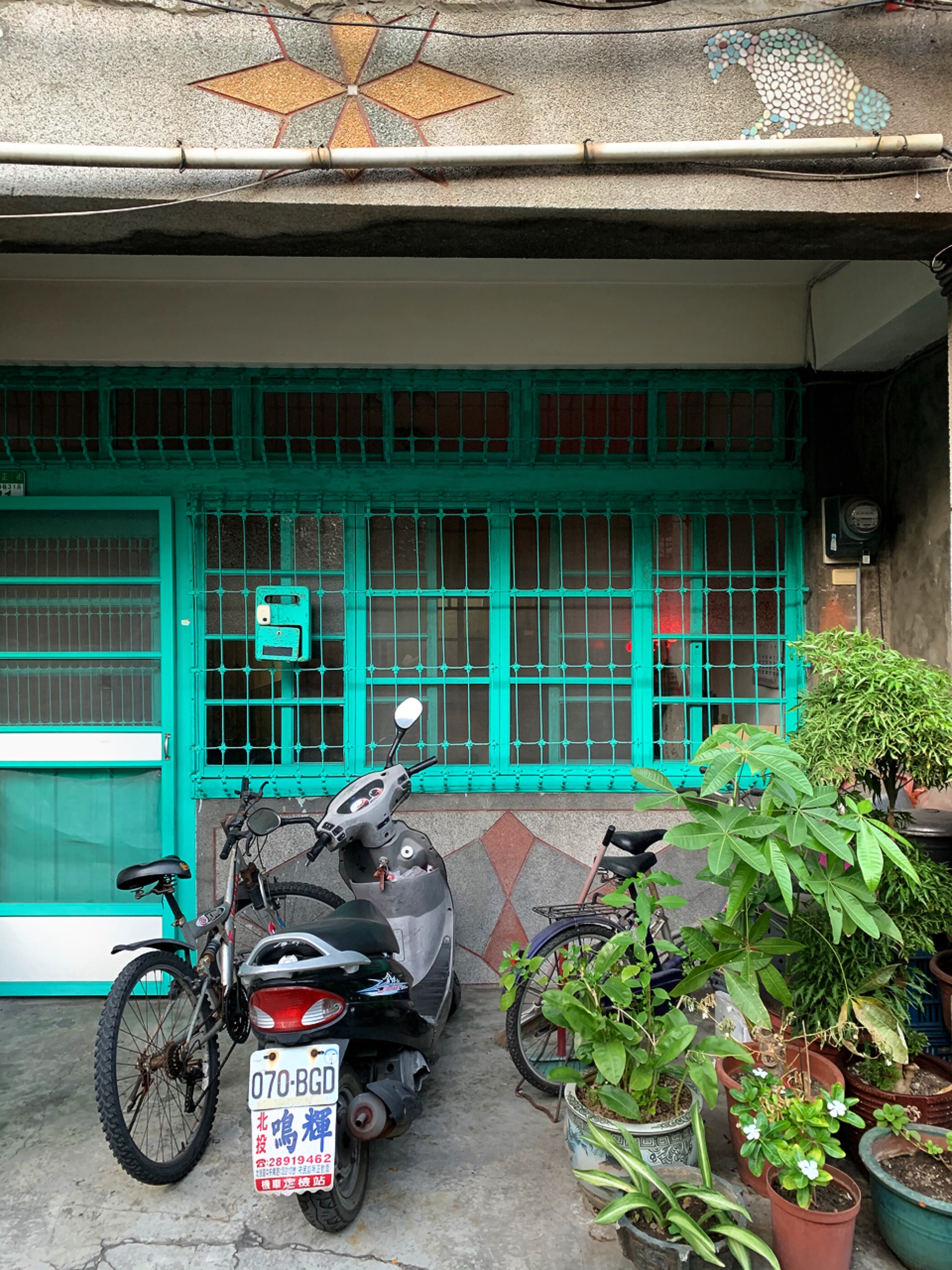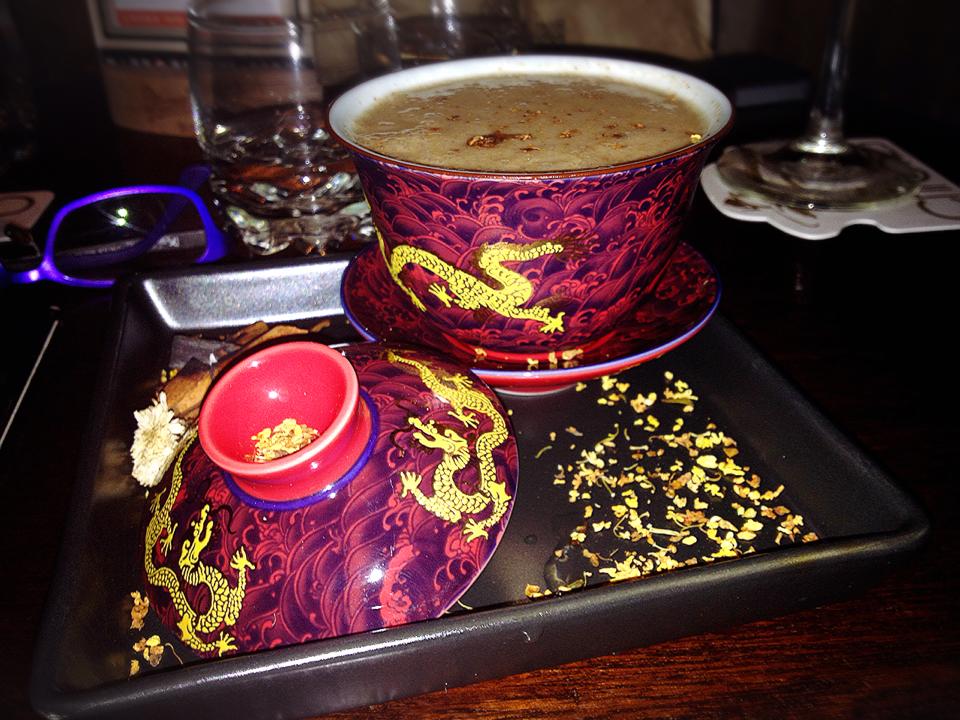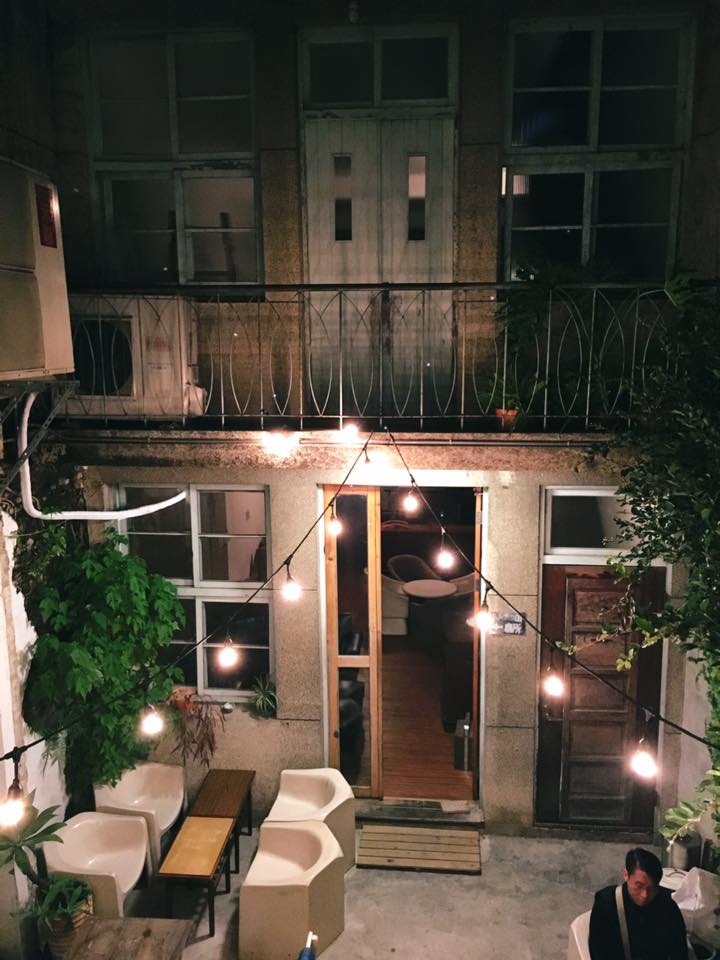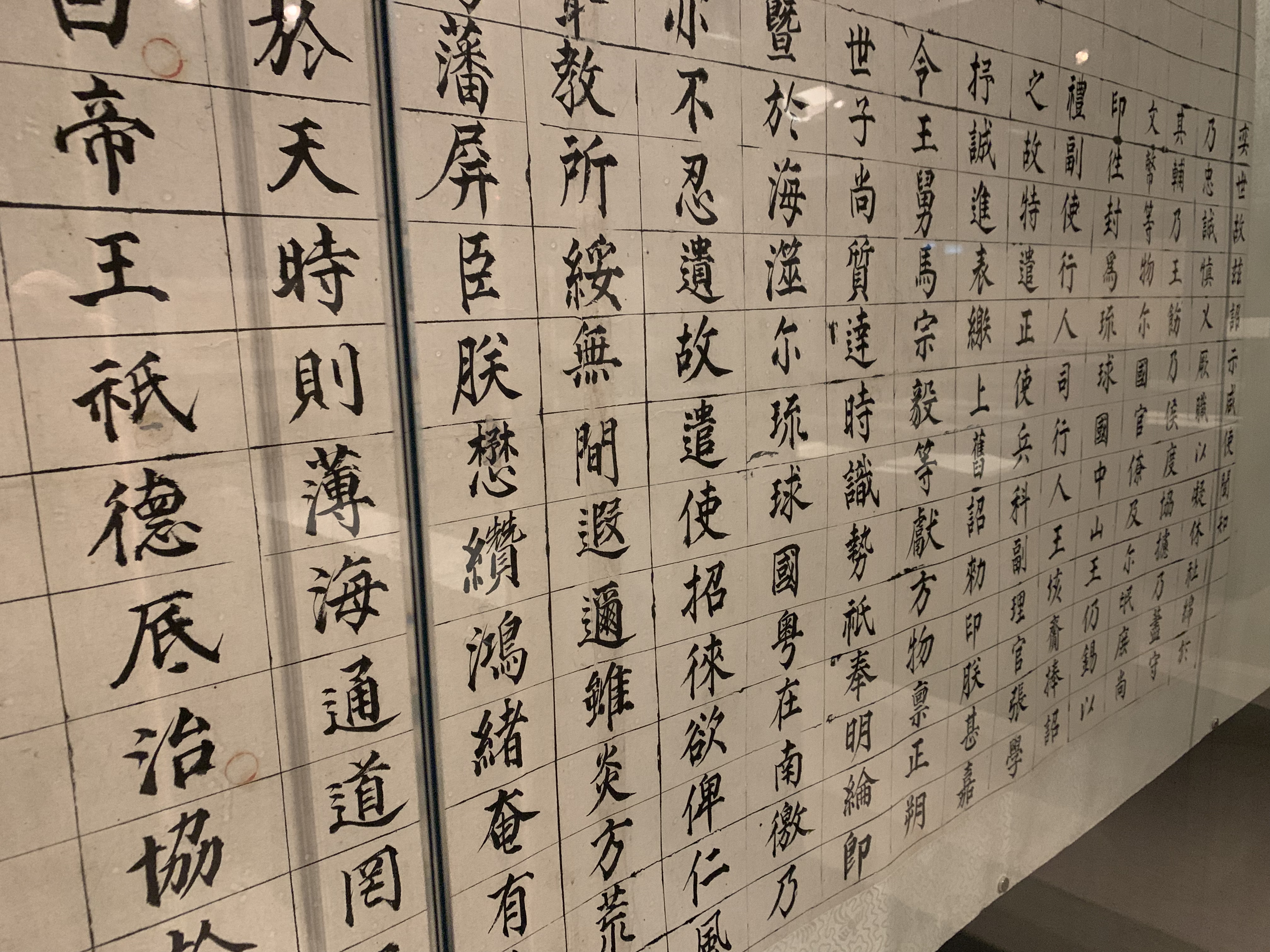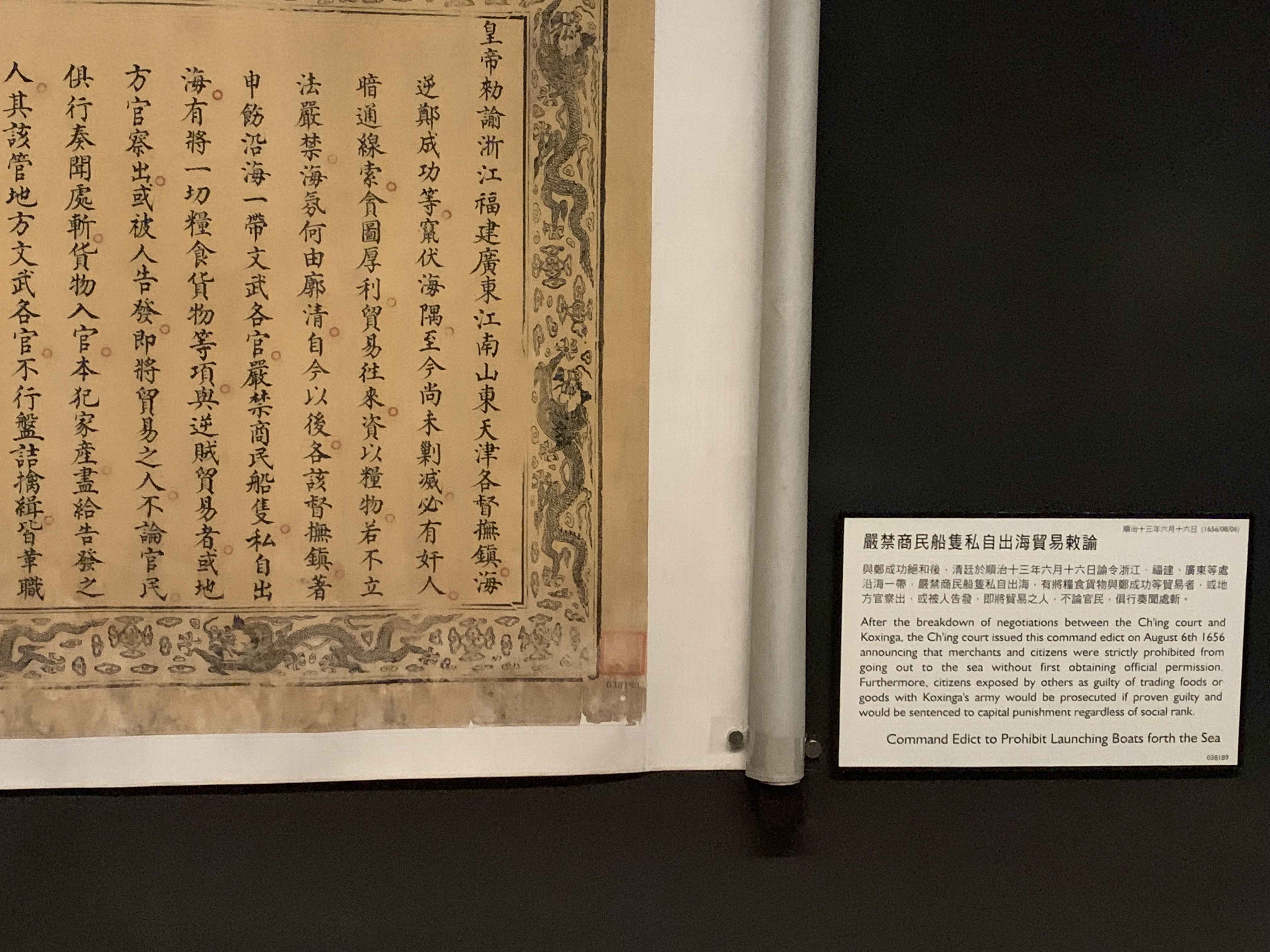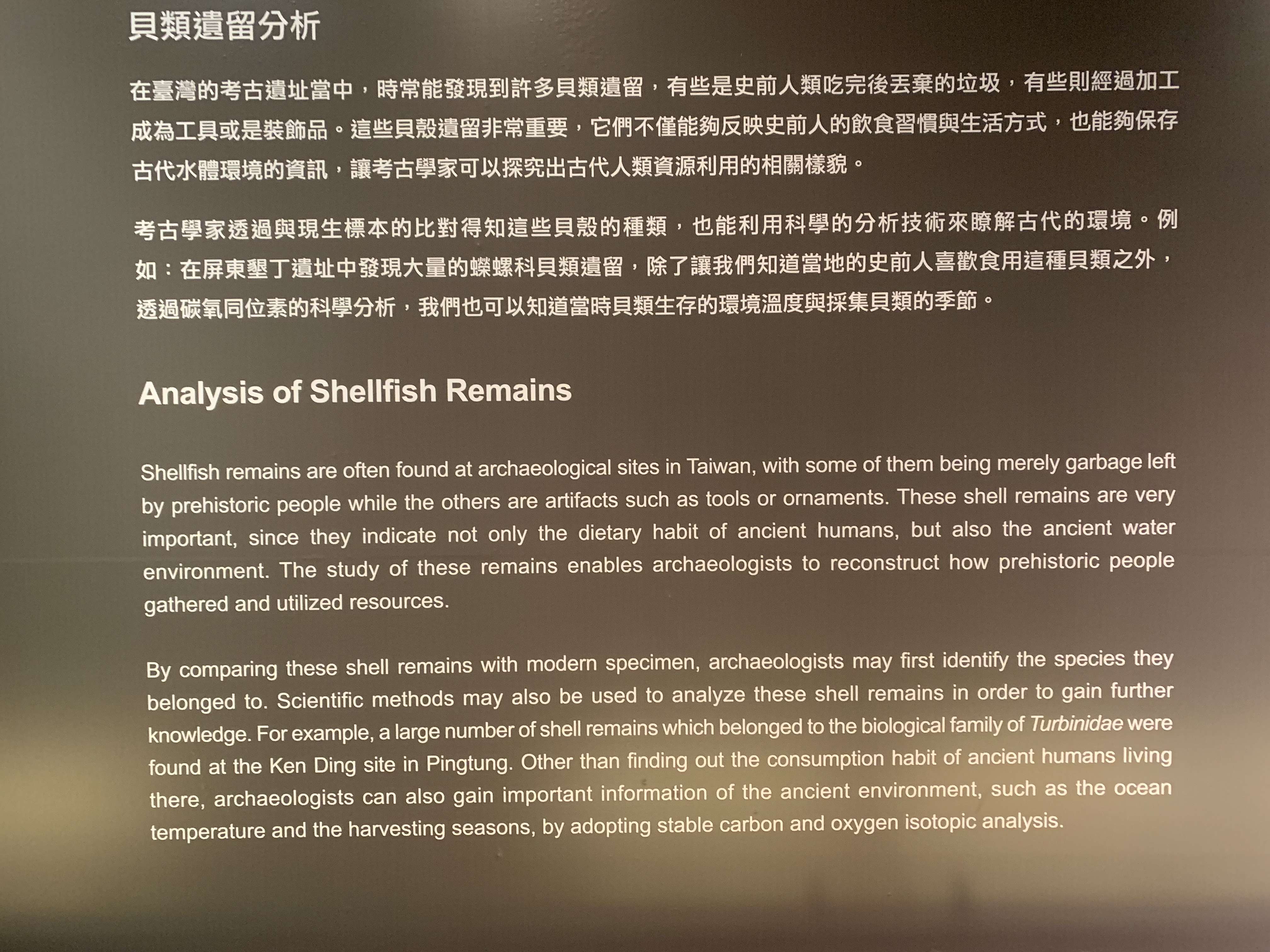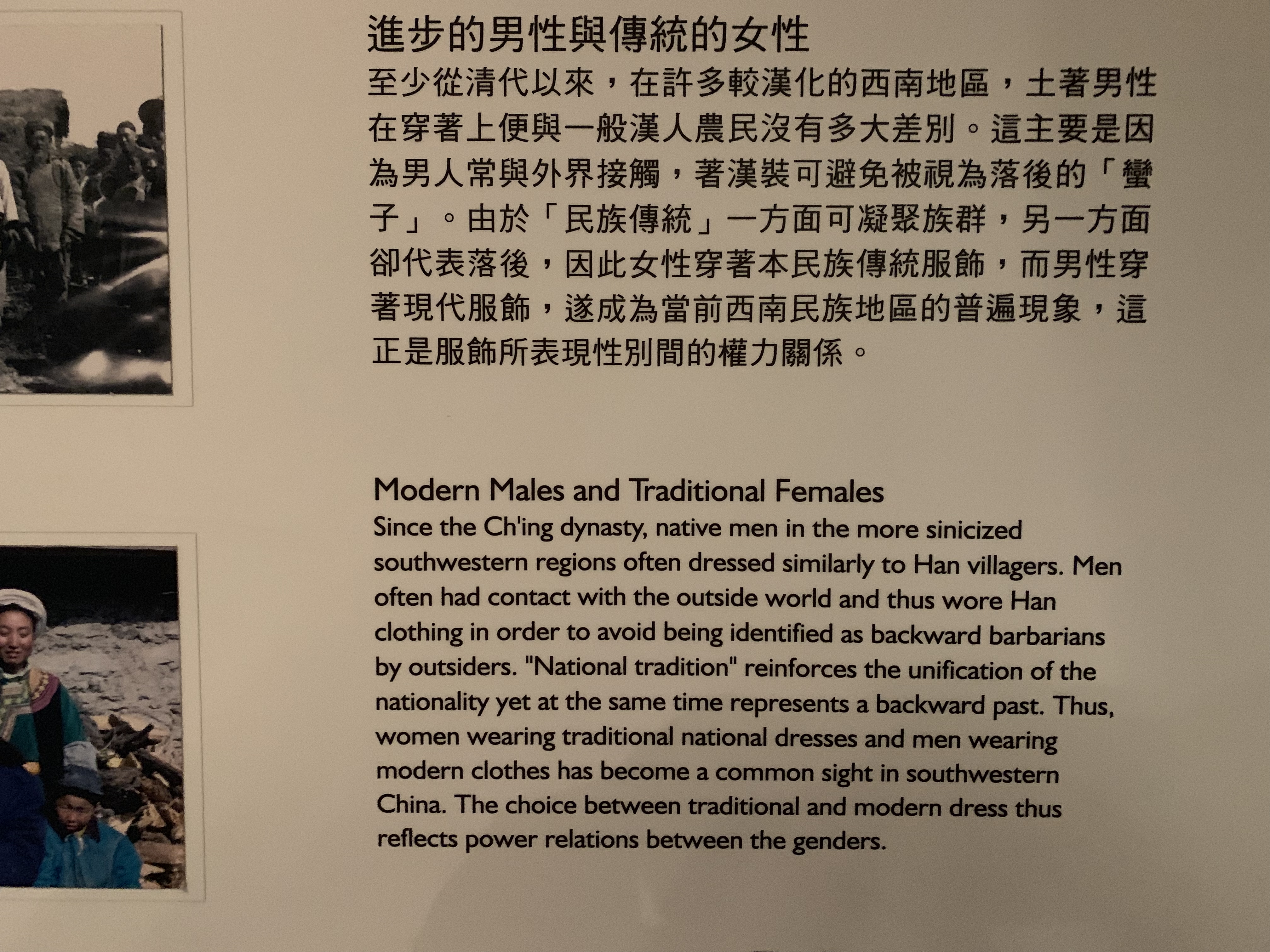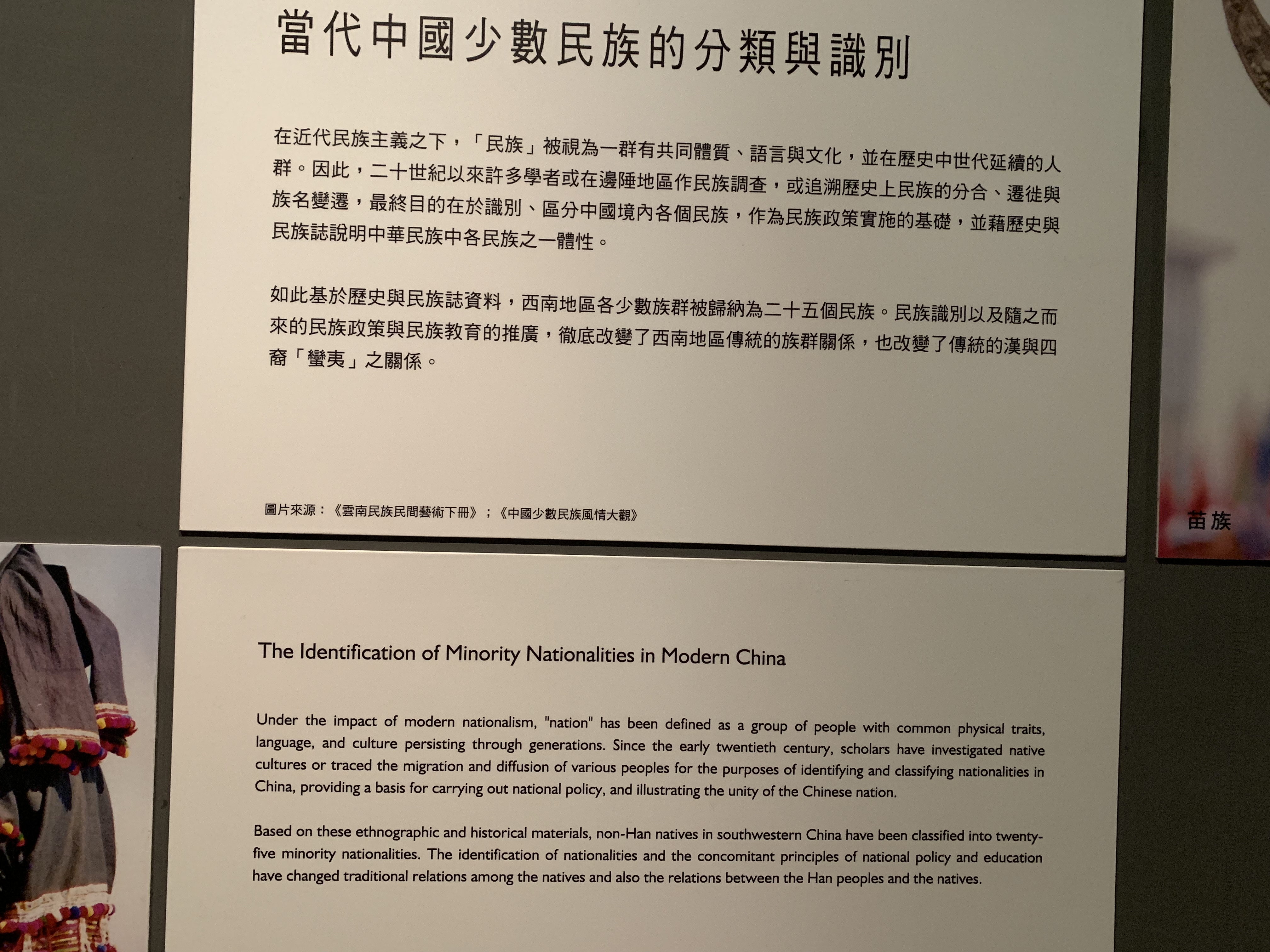
Honestly, I think we're all sick of Constant Coronavirus Coverage. Let's talk about something else.
Over the past few years, I have enjoyed giving my home a sort of modern-retro look by decorating with vintage finds of dubious value - I don't really care what a thing is 'worth' as long as I like it, and the price is acceptable. In fact, everyday vintage items of lower value are preferable, as I can use them without worry.
The shops where I hunt these items down are also great places to check out, as we look for ways to get out of the house, possibly while we still can. I'm not talking about the high-end antique shops or the "vintage stores" that sell the clothing I grew up wearing for a Generation Z crowd. I mean the places that sell a combination of old Taiwan and Japan flair (which is what I'm after) and the sort of Western kitsch I'd generously call "Goodwill finds" back home.
I wouldn't want to go to a bar full of people or high-traffic department store right now - not that I do so typically - but these shops tend to be lower-traffic, and they are also businesses trying to stay afloat in an economy that's suddenly turned against everyone.
Since deciding to create that 'vintage Taiwan' feel on a wall display at home, I've had even more reason to trawl my favorite vintage stores, so now feels like the right time to write about them.
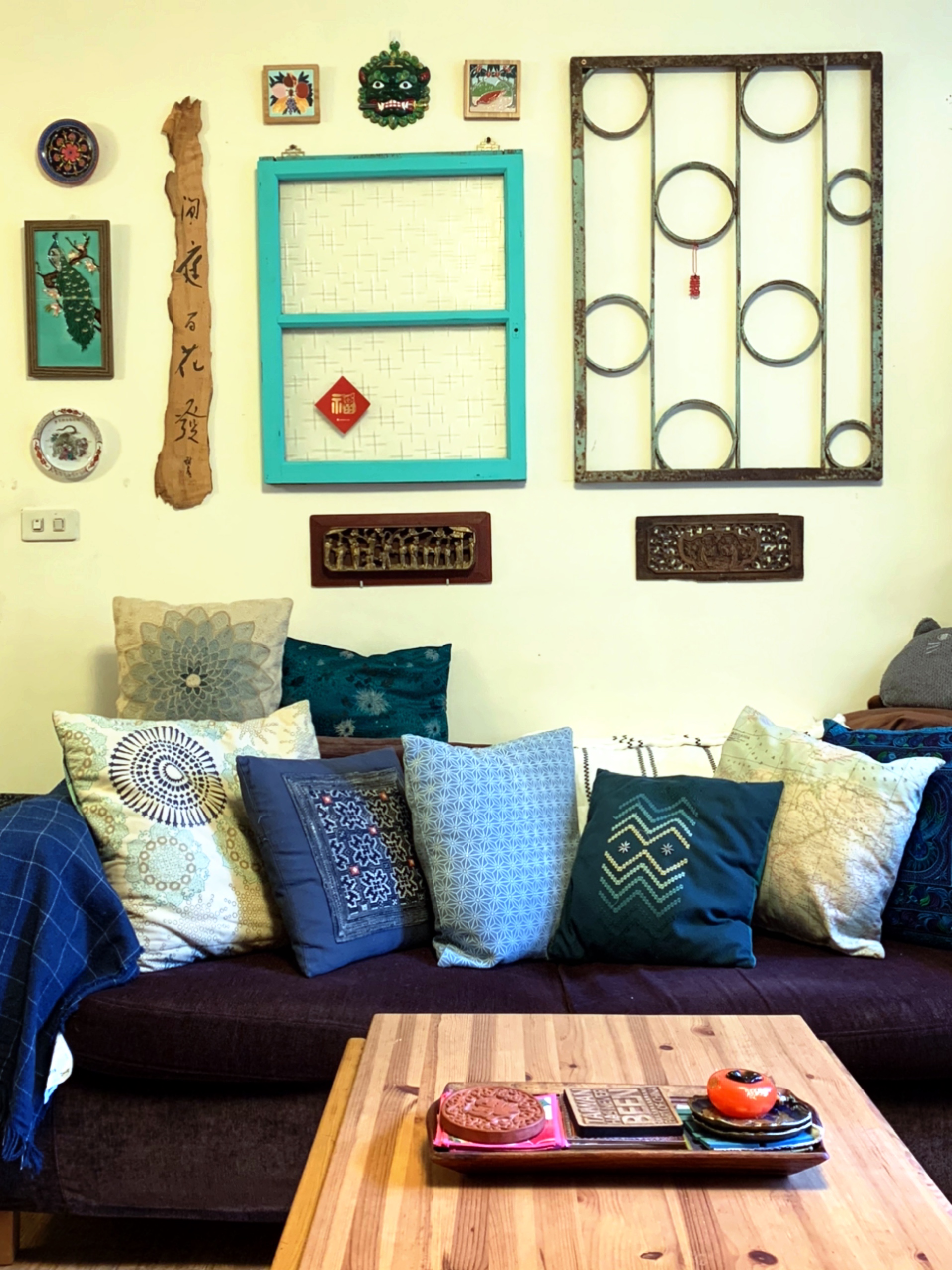
There are surely more than these in Greater Taipei, so feel free to add any that you know in the comments.
April's Goodies (唐青古物商行)
Update: Moved!
#155 Hami Street, Datong District
台北市大同區哈密街155號
MRT Yuanshan
With old windowframes and some larger furniture outside, and everything from old Taiwanese dinnerware to teapots to a few vintage clothing items inside, this place is small but packed with quality vintage goods.
Not only did the window with the textured glass on my wall come from there, my glass persimmon did, too.

(No, I don't know the actual names of vintage glass patterns, I'm not that much of a nerd about it, but this one, the vaguely floral pattern and a reeded or fluted textured glass are the most common textured glass found in vintage Taiwanese windows).
Treasure Hunters (藏舊尋寶屋)
100台北市中正區羅斯福路二段38號
#38 Roosevelt Rd. Section 2, Zhongzheng District, Taipei
MRT Guting
 |
| The entrance to April's Goodies |
With old windowframes and some larger furniture outside, and everything from old Taiwanese dinnerware to teapots to a few vintage clothing items inside, this place is small but packed with quality vintage goods.
Not only did the window with the textured glass on my wall come from there, my glass persimmon did, too.

(No, I don't know the actual names of vintage glass patterns, I'm not that much of a nerd about it, but this one, the vaguely floral pattern and a reeded or fluted textured glass are the most common textured glass found in vintage Taiwanese windows).
Treasure Hunters (藏舊尋寶屋)
100台北市中正區羅斯福路二段38號
#38 Roosevelt Rd. Section 2, Zhongzheng District, Taipei
MRT Guting
COVID19 Update: the store isn't open to customers but they have a Line group with daily sales -- look for their store name in Chinese

This well-known store specializing in Japanese antiques looks small when you enter. Then you find it stretches further and further back (with an alley separating buildings at one point), and has an upstairs! A lot of the antiques here are actually from Japan, not Taiwan's Japanese era, but there's a lot here if you want to capture a bit of the Japanese influence of a vintage Taiwanese look. Also, their ceramics and lacquerware are highly sought-after by collectors.
Prices may seem high but for a lot of what they have, you'll find it's actually fairly reasonable. For example, I've picked up 1970s vintage Zohiko and Wajima lacquerware here for a song (Zohiko is a brand, and Wajima is a Japanese island known for lacquer), as well as a beloved lacquer tray with a beautifully rendered dragon from Okinawa. The 閑庭百花發 wooden calligraphy board on my wall came from here, too, and wasn't particularly expensive.
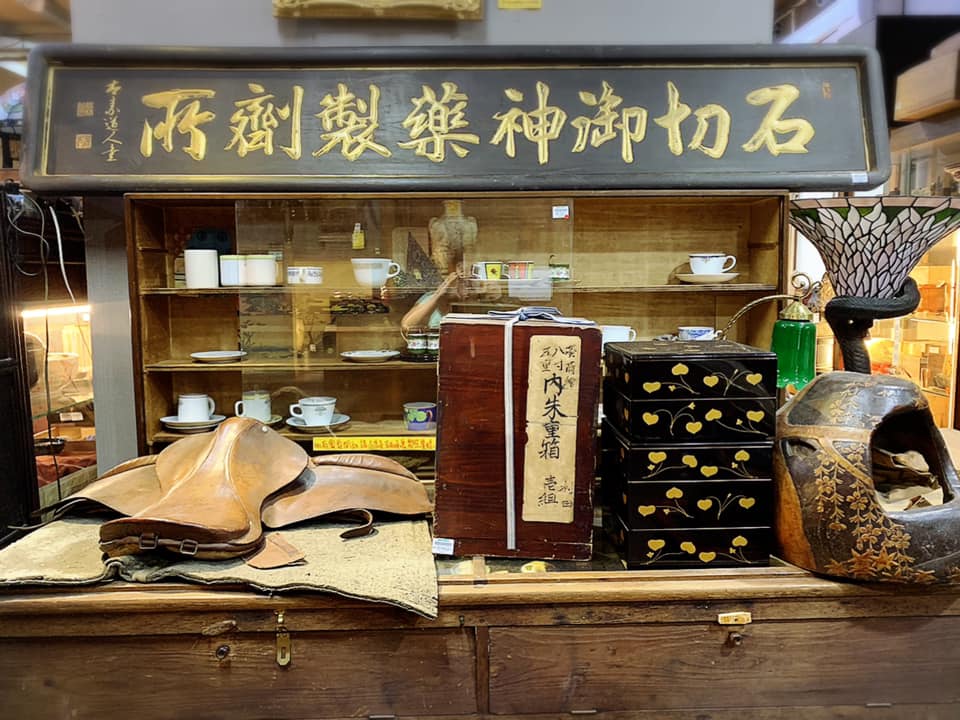
Recently, Treasure Hunters has been holding half-price antique markets in small space on Lishui Street, I suppose to clear out old stock. Follow their Line account to get updates on when they occur.
Qinjing Old Warehouse (秦境老倉庫)
103台北市大同區民樂街153號
#153 Minle Street, Datong District, Taipei
MRT Zhongshan or Shuanglian (but there are buses that stop closer by)

This well-known store specializing in Japanese antiques looks small when you enter. Then you find it stretches further and further back (with an alley separating buildings at one point), and has an upstairs! A lot of the antiques here are actually from Japan, not Taiwan's Japanese era, but there's a lot here if you want to capture a bit of the Japanese influence of a vintage Taiwanese look. Also, their ceramics and lacquerware are highly sought-after by collectors.
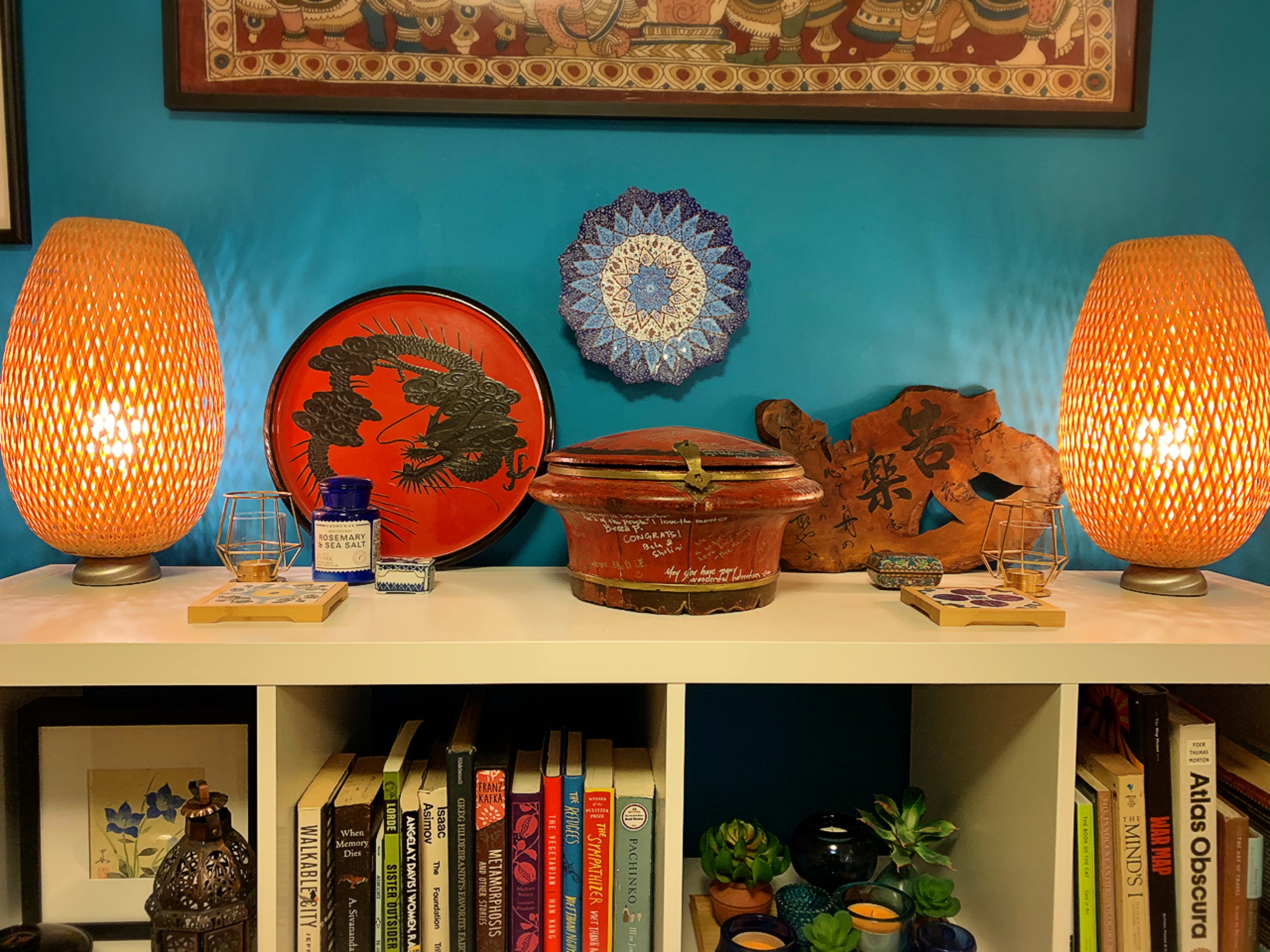 |
| All three antiques on this bookcase came from Treasure Hunters |
Prices may seem high but for a lot of what they have, you'll find it's actually fairly reasonable. For example, I've picked up 1970s vintage Zohiko and Wajima lacquerware here for a song (Zohiko is a brand, and Wajima is a Japanese island known for lacquer), as well as a beloved lacquer tray with a beautifully rendered dragon from Okinawa. The 閑庭百花發 wooden calligraphy board on my wall came from here, too, and wasn't particularly expensive.

Recently, Treasure Hunters has been holding half-price antique markets in small space on Lishui Street, I suppose to clear out old stock. Follow their Line account to get updates on when they occur.
Qinjing Old Warehouse (秦境老倉庫)
103台北市大同區民樂街153號
#153 Minle Street, Datong District, Taipei
MRT Zhongshan or Shuanglian (but there are buses that stop closer by)
Update: they're moving -- more information when I learn where

This tiny shop, crammed with vintage goodness, is where my vintage window grate came from. They occasionally have windows and window grates here, but the real finds at Qinjing are vintage dishware. Small items sometimes go for cheap - I picked up an small ceramic 招財 cat for NT30 here, and some crystal prisms for NT50 each, that I plan to hang in my window to create rainbows my cats can chase around on sunny days.
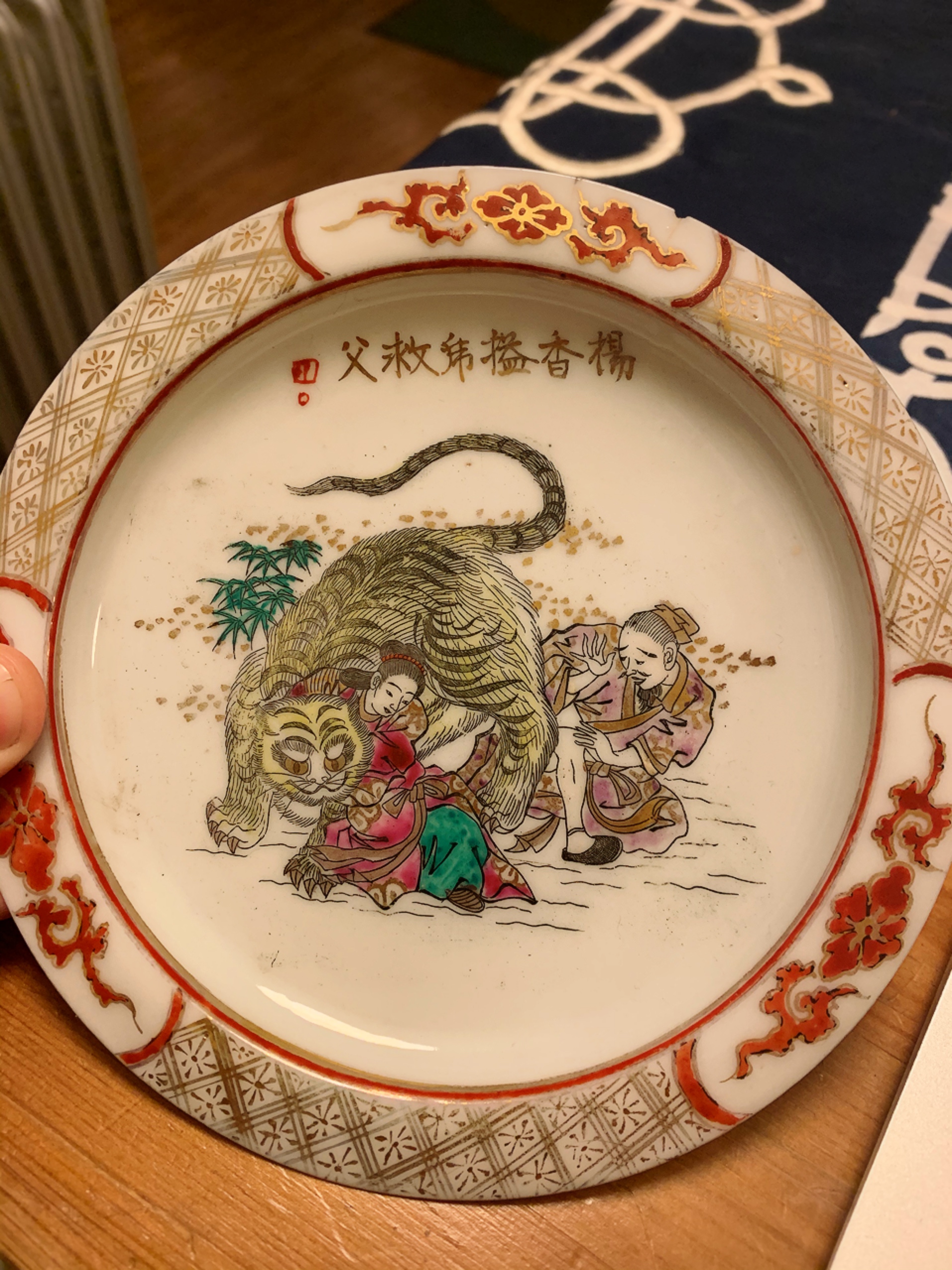
Qinjing also tends to be a good place to look for vintage appliances, toys, old brand gimmick items, worn-out funky keychains, wooden signs and the occasional farm implement. I can't even describe how eclectic it is, so I'll let Elmo in a Blender speak for itself.

Swallow Used Furniture (Swallow燕子老傢俱)
Moved! 天水路38號 / #38 Tianshui Road

This tiny shop, crammed with vintage goodness, is where my vintage window grate came from. They occasionally have windows and window grates here, but the real finds at Qinjing are vintage dishware. Small items sometimes go for cheap - I picked up an small ceramic 招財 cat for NT30 here, and some crystal prisms for NT50 each, that I plan to hang in my window to create rainbows my cats can chase around on sunny days.

Qinjing also tends to be a good place to look for vintage appliances, toys, old brand gimmick items, worn-out funky keychains, wooden signs and the occasional farm implement. I can't even describe how eclectic it is, so I'll let Elmo in a Blender speak for itself.

Swallow Used Furniture (Swallow燕子老傢俱)
Moved! 天水路38號 / #38 Tianshui Road
MRT Beimen, also walkable from Zhongshan

The old Swallow Used Furniture in Beitou -- now on Tianshui Street
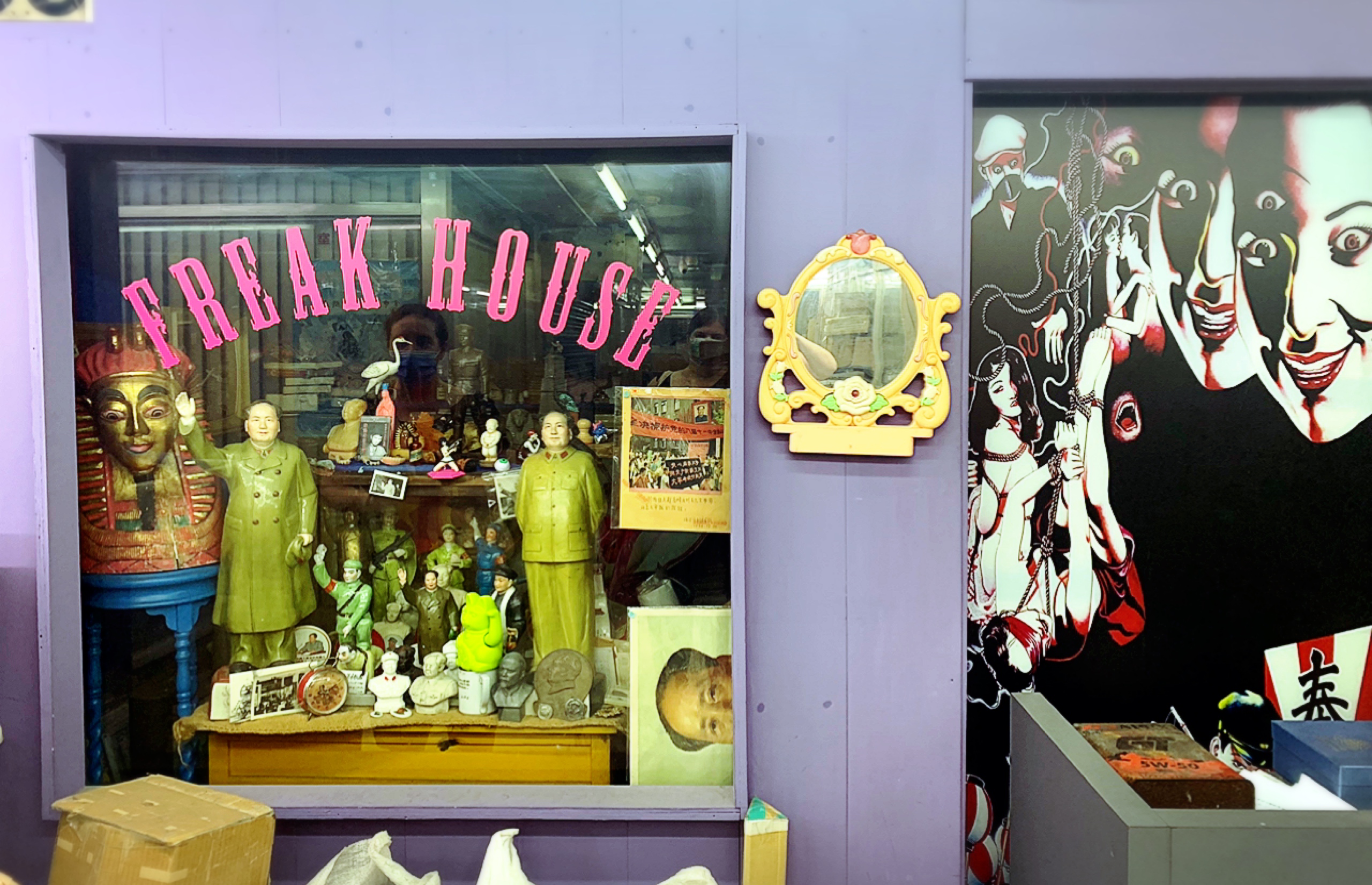
I'm not going to tell you where Freak House is, because most of their actual sales seem to be online. Their "shop front" is in a derelict shopping mall in one of the older neighborhoods of Taipei, but while it's fun to peek inside, they aren't really for in-person sales. If you want to try and find it, consider this a challenge to explore all the old shopping arcades from Wanhua up to Dalongdong.
They're not actually into Mao or communism, but they like the art, and kitschy propaganda art sells well.
If, however, you happen to pop by when the proprietor has come to pick up an item he's sold, he might let you peek inside (some of the items are not for the prudish).
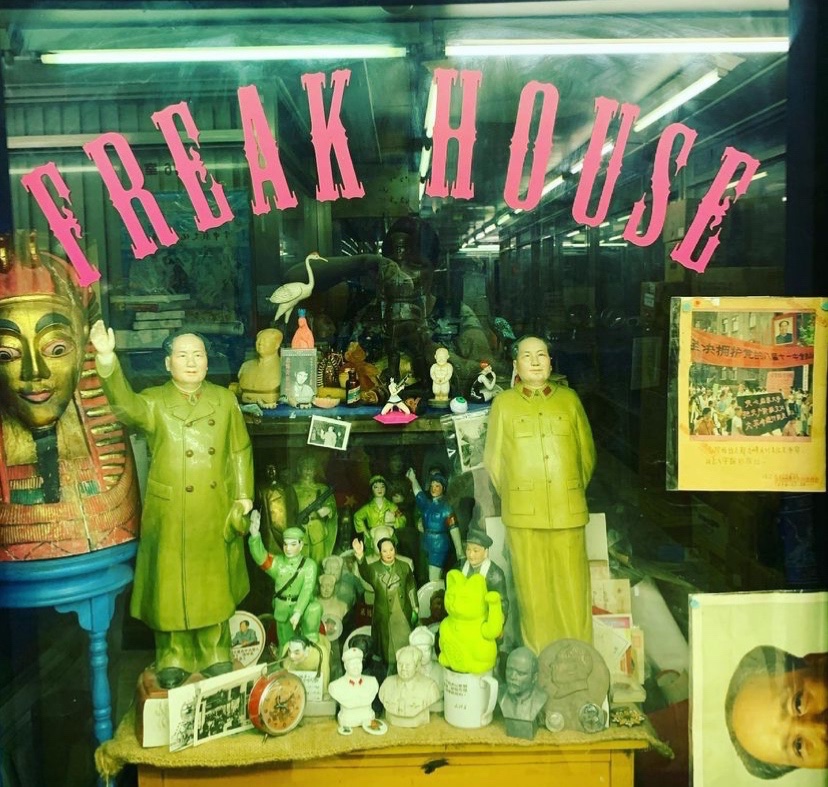
56 Deco
台北市士林區延平北路九段348號(社子島)
#348, Yanping North Road Section 9 (Shezi)
Take buses 2, 215, R10 or 536 to get there (most of them connect to the red or yellow MRT lines)
56 Deco is hard to get to, and they prohibit photographs, but they have an array of cool stuff, including a large collection of vintage chairs and other oddities. But they are very, very local -- not many foreigners make it this far up Shezi unless they're biking -- and friendly, and the selection is pleasingly eccentric.
They're a bit overpriced but not stratospherically so. I came close to buying a piece of an iron window grate but ultimately decided against it.
This place is far from everything else in Taipei, and I would never have found it if I hadn't been looking for the nearby cafe on Google Maps. But it is near the park at the very tip of 社子島 (the Shezi peninsula, which is called an island in Mandarin) and quite close to a friendly cafe with great views. Buses up there take awhile and don't come frequently, but if you time your bus departure it's not too much trouble - or just bike it. The bike path is very popular. There's also a popular local restaurant nearby, so you could combine a stop there with an exploration of that quiet part of Taipei.
They keep very short hours (daytime Tuesday-Friday only) but the cafe nearby opens at 3pm and closes late, so you can time your departure with the bus schedule.
Fuhe Bridge Flea Market (福和橋市場)
Under Fuhe Bridge on the Yonghe (New Taipei) side
Open until noon, most popular on Saturdays
Not near the MRT but many buses stop nearby, including the 275, R25, 660, 254, 672 and 208)
Oh, Fuhe Bridge Flea Market, with your stolen shoes and dodgy goods. With your weird, wonderful weirdness and wonderfulness.
I haven't been here in years either, mostly because I have a private class on Saturday mornings, but I'm told it's still going strong and is a great place for old vintage finds, as you can see from my pictures from 2013. (If you're wondering, I eventually got that Datong fan - did you know they still make them and you can get one new?)
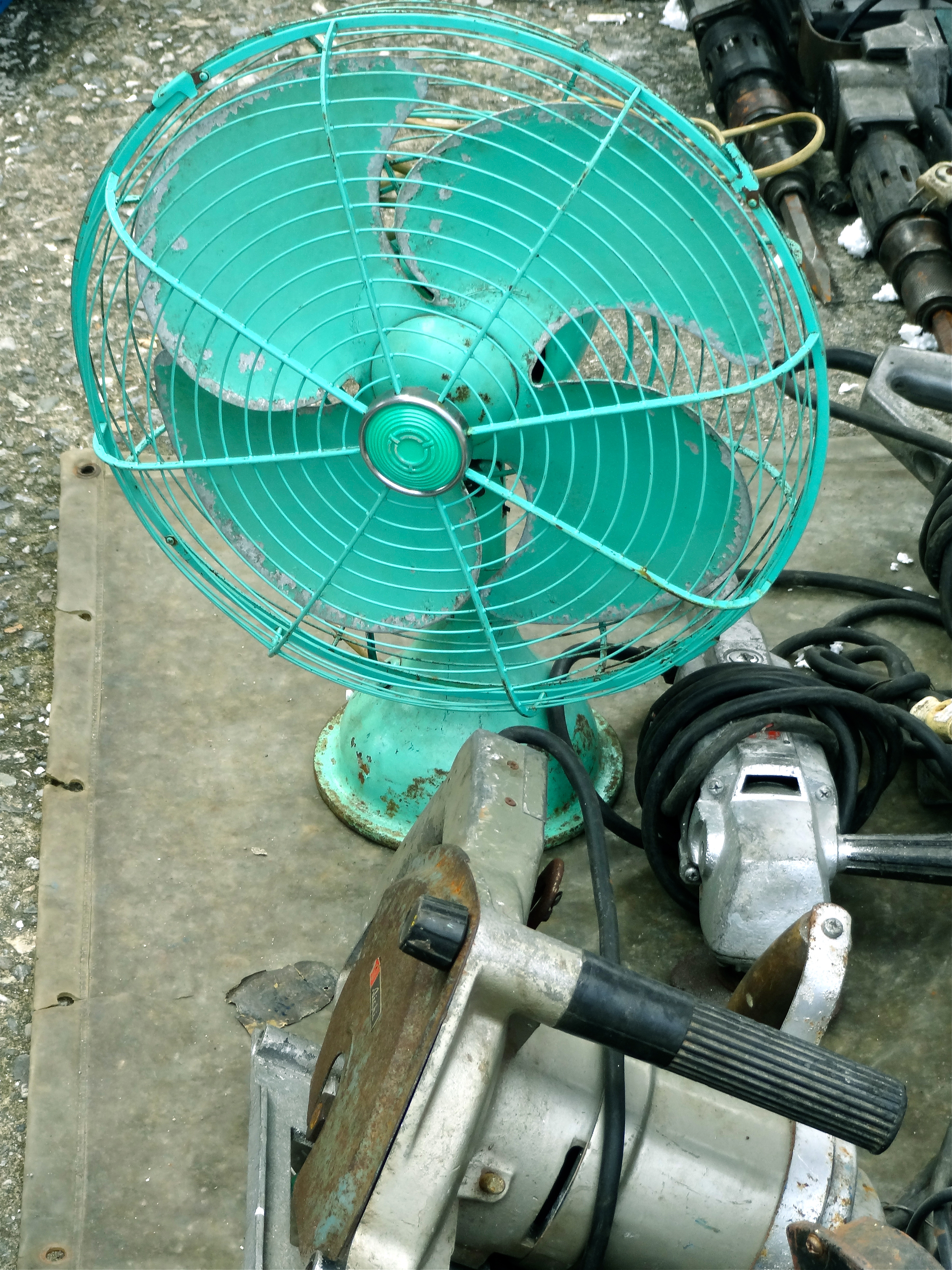
A few vendors at this market actually hold Yixing clay teapot auctions, so if you trust your auctioning skills and can get in on the fun in Chinese (or Taiwanese), you might get a good deal.
The link in my original post lists a few other flea markets in the Taipei area.
Yongkang Street Jin'an Market (錦安市場)
106台北市大安區永康街60號
#60 Yongkang Street, Da'an District, Taipei
Honestly, I have less to say about this market. It's full of cool old stuff but it's also been 'discovered', meaning that prices are higher (it's also in a fancy part of town, surrounded by antique stores that sell high-end items).
But, it's worth a stroll-through, and I'll occasionally poke around the various shops, though I don't know if I've ever actually bought anything there.
Facebook Groups
Honestly, some of the most interesting things I've come across can be found in dedicated Facebook groups to vintage shopping. I'm a fan of Grocrery Store (no idea if the typo is intentional, and don't care), 寶島新樂園二手舊貨、古董、民藝 and 二手。古董。老件。收藏。裝飾 but there are honestly tons of choices - join a few and Facebook will suggest more for you.
I will say that I have not actually tried to buy anything from these groups, but they're great fun for browsing.
Happy hunting!
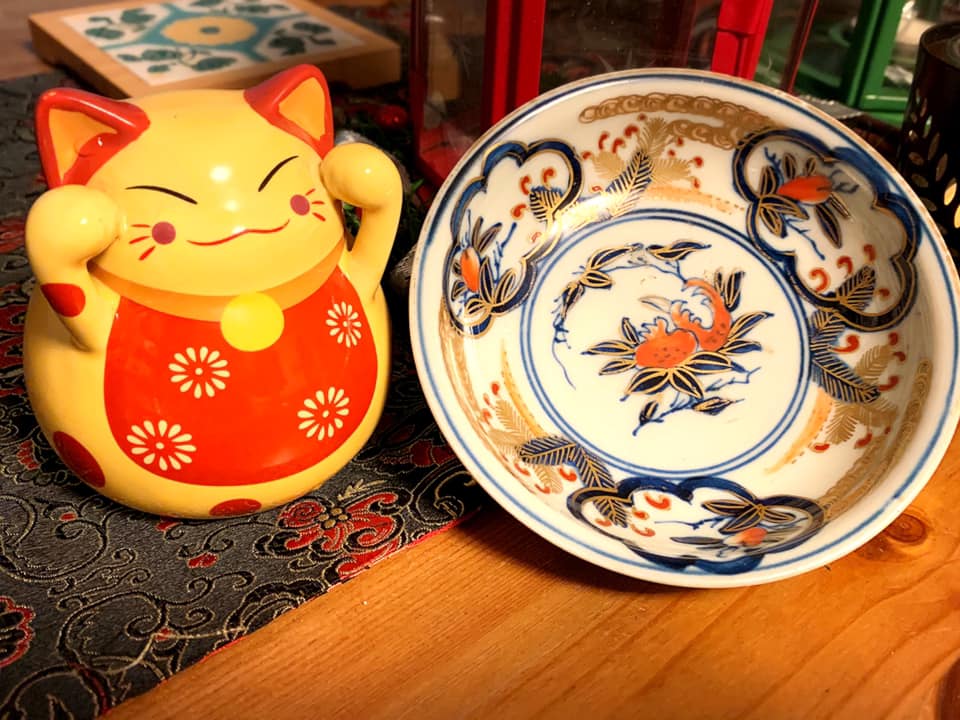

The old Swallow Used Furniture in Beitou -- now on Tianshui Street
On a side street in Dadaocheng (note: they've moved from their old Beitou location!), you'll find Swallow. This place seems to be run by a pair of hipster guys, and you'd be forgiven for mistaking the front courtyard for a junkyard, or the private home of a hoarding grandpa. When I wandered in, it was only apparent that it was an actual shop by the open door and music, and prices on most (though not all) items.
It's packed, and it seems tiny, but this place actually has three floors. The first floor is mostly small items. The second floor has more Japanese-era antiques, and the third floor is furniture. Old windows and screens can be found in the balcony off the 2nd floor (as well as in the courtyard).

One of the friendly hipster guys seems to work on creating upcycled furniture, much like W2 (though the look is different).
I picked up a Japanese-style sliding window screen here, but haven't figured out what to do with it yet.
This place is fun to check out in person, but if you don't feel like going all the way to Mingde, they have an impressively organized Facebook page where you can click on albums of their various items, complete with prices, and shop at home. (I don't know if they deliver but they put a lot of work into their Facebook page so they should be accessible by Messenger). If you want to score some old windows or window frames for yourself, their Facebook albums are a fantastic place to start.
Moungar (莽葛拾遺二手書店)
108台北市萬華區廣州街152巷4號
#4 Guangzhou Street Lane 152, Wanhua District, Taipei
(right behind Cafe 85)
MRT Longshan Temple
Moungar is housed in an old brick shophouse half-hidden by a large bougainvillea. Decorative Majolica tiles grace the front and make it an inviting space to enter.
This is more of an antique book shop - their selection of actual antique items is smaller than the other places I've listed. I have a book from them on my shelf - a collection of Pushkin stories.
Even if you don't buy anything, the old building is very much worth a look inside. I don't know if they still serve coffee.
Aphrodite
114台北市內湖區民權東路六段16之1號
#1-16, Minquan East Road Section 6, Neihu District, Taipei
Not near the MRT - take any of the cross-Minquan buses to get here (278, 556 and 902 also stop nearby)
To be honest, I haven't been here in years, because it's no longer convenient to any of my worksites (I used to have a class in an office not far from here).
Unlike the other antique stores on this list, Aphrodite focuses on European antiques. The other shops sometimes have items from Western countries, but this place looks like your German immigrant grandma's attic. I've purchased old wooden coasters, some glassware and some copper items here, though much of their stock is furniture.
It's packed, and it seems tiny, but this place actually has three floors. The first floor is mostly small items. The second floor has more Japanese-era antiques, and the third floor is furniture. Old windows and screens can be found in the balcony off the 2nd floor (as well as in the courtyard).

One of the friendly hipster guys seems to work on creating upcycled furniture, much like W2 (though the look is different).
I picked up a Japanese-style sliding window screen here, but haven't figured out what to do with it yet.
This place is fun to check out in person, but if you don't feel like going all the way to Mingde, they have an impressively organized Facebook page where you can click on albums of their various items, complete with prices, and shop at home. (I don't know if they deliver but they put a lot of work into their Facebook page so they should be accessible by Messenger). If you want to score some old windows or window frames for yourself, their Facebook albums are a fantastic place to start.
Moungar (莽葛拾遺二手書店)
108台北市萬華區廣州街152巷4號
#4 Guangzhou Street Lane 152, Wanhua District, Taipei
(right behind Cafe 85)
MRT Longshan Temple
Moungar is housed in an old brick shophouse half-hidden by a large bougainvillea. Decorative Majolica tiles grace the front and make it an inviting space to enter.
This is more of an antique book shop - their selection of actual antique items is smaller than the other places I've listed. I have a book from them on my shelf - a collection of Pushkin stories.
Even if you don't buy anything, the old building is very much worth a look inside. I don't know if they still serve coffee.
Aphrodite
114台北市內湖區民權東路六段16之1號
#1-16, Minquan East Road Section 6, Neihu District, Taipei
Not near the MRT - take any of the cross-Minquan buses to get here (278, 556 and 902 also stop nearby)
To be honest, I haven't been here in years, because it's no longer convenient to any of my worksites (I used to have a class in an office not far from here).
Unlike the other antique stores on this list, Aphrodite focuses on European antiques. The other shops sometimes have items from Western countries, but this place looks like your German immigrant grandma's attic. I've purchased old wooden coasters, some glassware and some copper items here, though much of their stock is furniture.
Freak House 怪奇館
Shop online via Facebook, Instagram (freak_house77) or Line -- QR codes for that can be found on their other social media -- they also seem to have specific Line group sales times.

I'm not going to tell you where Freak House is, because most of their actual sales seem to be online. Their "shop front" is in a derelict shopping mall in one of the older neighborhoods of Taipei, but while it's fun to peek inside, they aren't really for in-person sales. If you want to try and find it, consider this a challenge to explore all the old shopping arcades from Wanhua up to Dalongdong.
They're not actually into Mao or communism, but they like the art, and kitschy propaganda art sells well.
If, however, you happen to pop by when the proprietor has come to pick up an item he's sold, he might let you peek inside (some of the items are not for the prudish).

56 Deco
台北市士林區延平北路九段348號(社子島)
#348, Yanping North Road Section 9 (Shezi)
Take buses 2, 215, R10 or 536 to get there (most of them connect to the red or yellow MRT lines)
56 Deco is hard to get to, and they prohibit photographs, but they have an array of cool stuff, including a large collection of vintage chairs and other oddities. But they are very, very local -- not many foreigners make it this far up Shezi unless they're biking -- and friendly, and the selection is pleasingly eccentric.
They're a bit overpriced but not stratospherically so. I came close to buying a piece of an iron window grate but ultimately decided against it.
This place is far from everything else in Taipei, and I would never have found it if I hadn't been looking for the nearby cafe on Google Maps. But it is near the park at the very tip of 社子島 (the Shezi peninsula, which is called an island in Mandarin) and quite close to a friendly cafe with great views. Buses up there take awhile and don't come frequently, but if you time your bus departure it's not too much trouble - or just bike it. The bike path is very popular. There's also a popular local restaurant nearby, so you could combine a stop there with an exploration of that quiet part of Taipei.
They keep very short hours (daytime Tuesday-Friday only) but the cafe nearby opens at 3pm and closes late, so you can time your departure with the bus schedule.
Fuhe Bridge Flea Market (福和橋市場)
Under Fuhe Bridge on the Yonghe (New Taipei) side
Open until noon, most popular on Saturdays
Not near the MRT but many buses stop nearby, including the 275, R25, 660, 254, 672 and 208)
Oh, Fuhe Bridge Flea Market, with your stolen shoes and dodgy goods. With your weird, wonderful weirdness and wonderfulness.
I haven't been here in years either, mostly because I have a private class on Saturday mornings, but I'm told it's still going strong and is a great place for old vintage finds, as you can see from my pictures from 2013. (If you're wondering, I eventually got that Datong fan - did you know they still make them and you can get one new?)

A few vendors at this market actually hold Yixing clay teapot auctions, so if you trust your auctioning skills and can get in on the fun in Chinese (or Taiwanese), you might get a good deal.
The link in my original post lists a few other flea markets in the Taipei area.
Yongkang Street Jin'an Market (錦安市場)
106台北市大安區永康街60號
#60 Yongkang Street, Da'an District, Taipei
Honestly, I have less to say about this market. It's full of cool old stuff but it's also been 'discovered', meaning that prices are higher (it's also in a fancy part of town, surrounded by antique stores that sell high-end items).
But, it's worth a stroll-through, and I'll occasionally poke around the various shops, though I don't know if I've ever actually bought anything there.
Facebook Groups
Honestly, some of the most interesting things I've come across can be found in dedicated Facebook groups to vintage shopping. I'm a fan of Grocrery Store (no idea if the typo is intentional, and don't care), 寶島新樂園二手舊貨、古董、民藝 and 二手。古董。老件。收藏。裝飾 but there are honestly tons of choices - join a few and Facebook will suggest more for you.
I will say that I have not actually tried to buy anything from these groups, but they're great fun for browsing.
Happy hunting!


